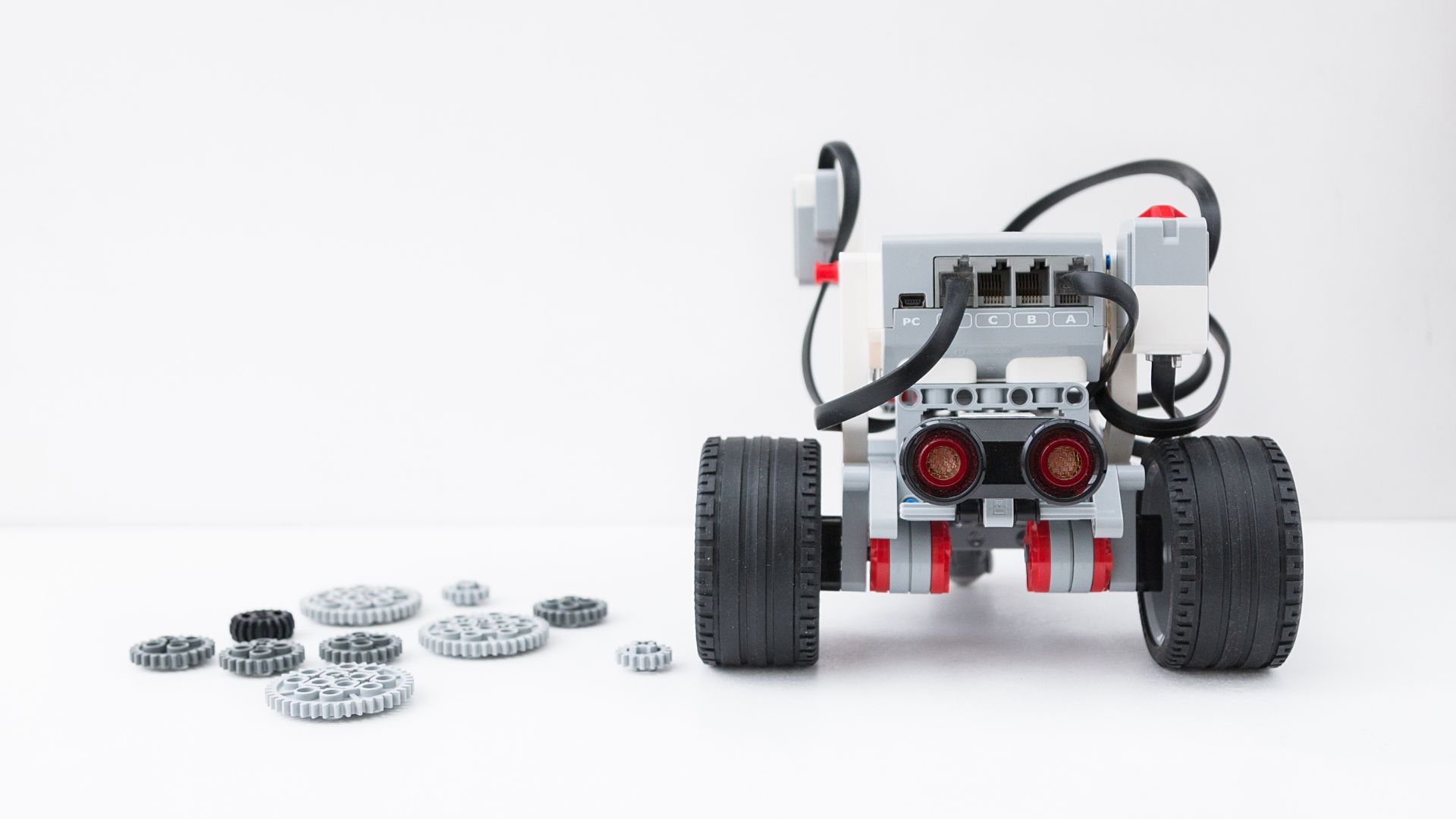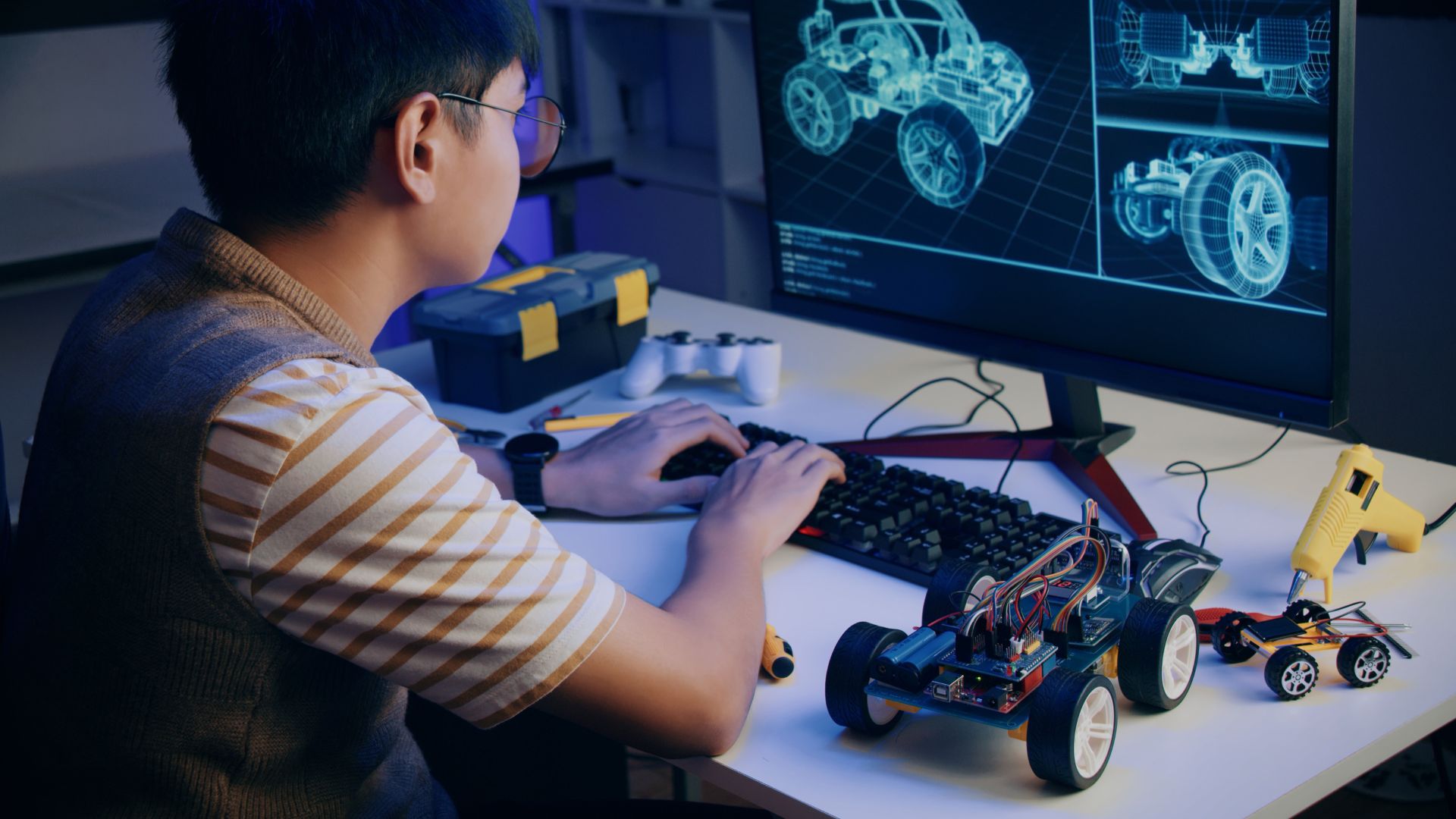Adding Complexity: How to Create Robots with Multiple Degrees of Freedom

Robotic movement becomes significantly more advanced when you introduce multiple degrees of freedom (DOF). A robot with multiple DOF can move in more natural and precise ways, similar to how human arms or legs function. Understanding how to design and control robots with multiple DOF is key to developing more capable and versatile machines.

Each DOF represents an independent motion axis. A simple two-wheel drive robot has one DOF—forward and backward movement. A robotic arm, however, may have six or more DOF, allowing it to rotate, bend, and extend in various directions. Each joint is typically controlled by a servo or stepper motor, requiring careful programming to achieve smooth and coordinated movement.

Controlling multiple DOF robots requires kinematic equations to calculate joint angles and movements. Tools like ROS (Robot Operating System) and inverse kinematics libraries simplify programming for complex motion paths. For hobbyists, platforms like Arduino and Raspberry Pi provide a practical entry point for experimenting with multi-DOF robots.

A great way to start is by modifying a robotic arm or quadruped robot kit, gradually adding more joints and refining movement algorithms. As you increase complexity, consider integrating gyroscopes, encoders, and feedback loops for better precision. Mastering multi-DOF robotics unlocks new possibilities in automation, prosthetics, and humanoid robotics.



